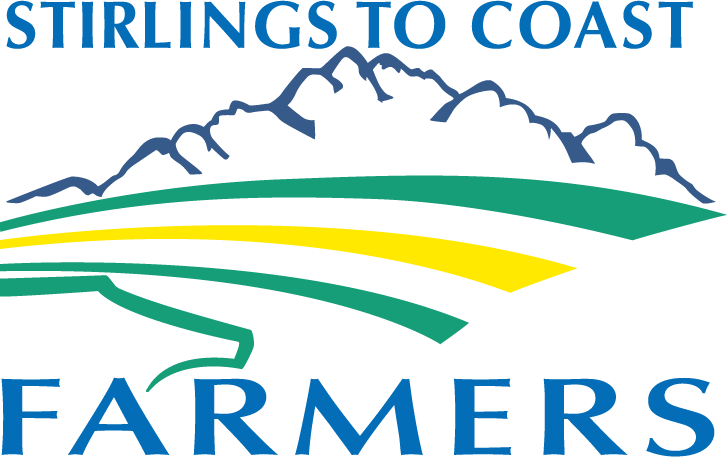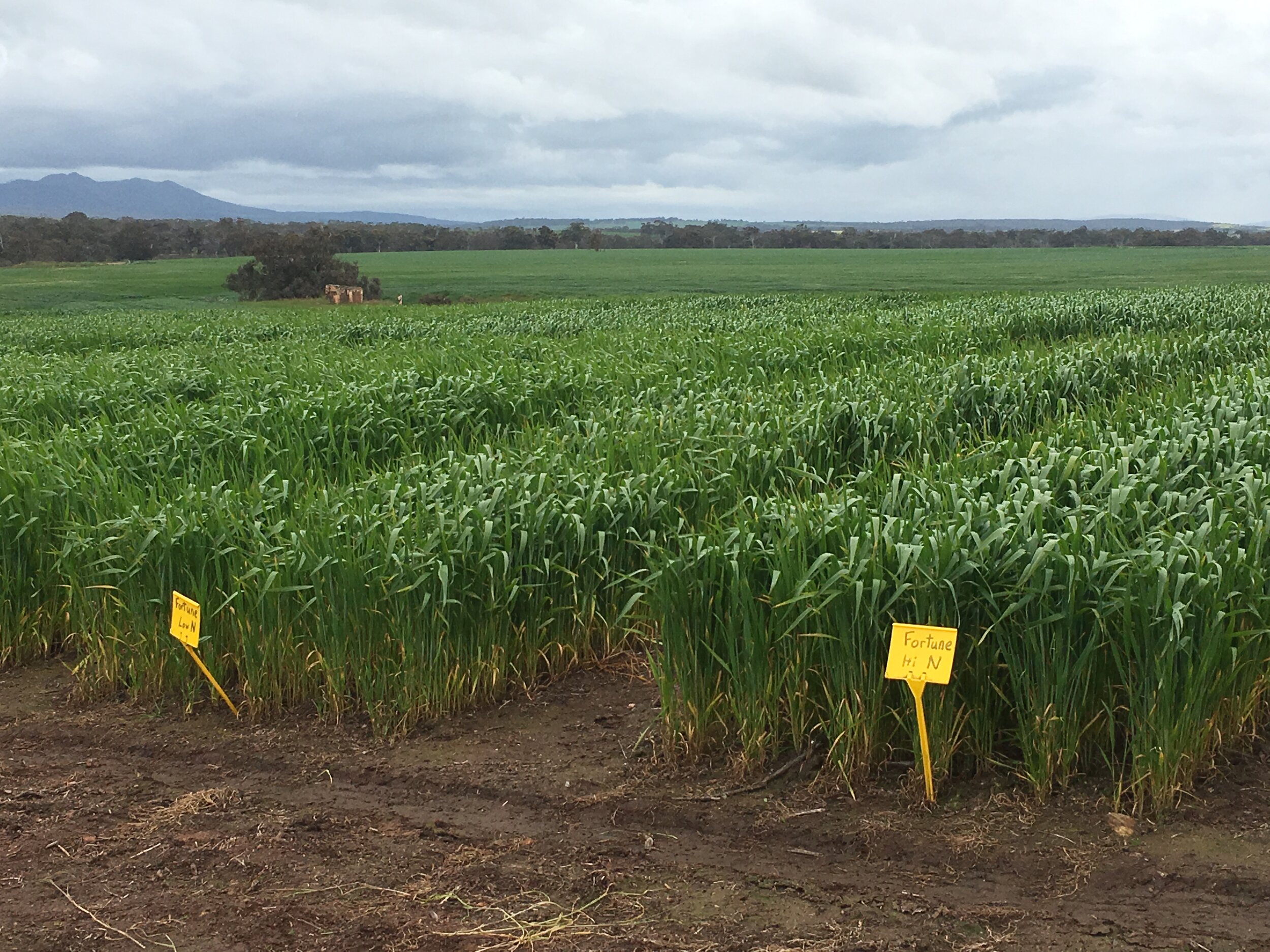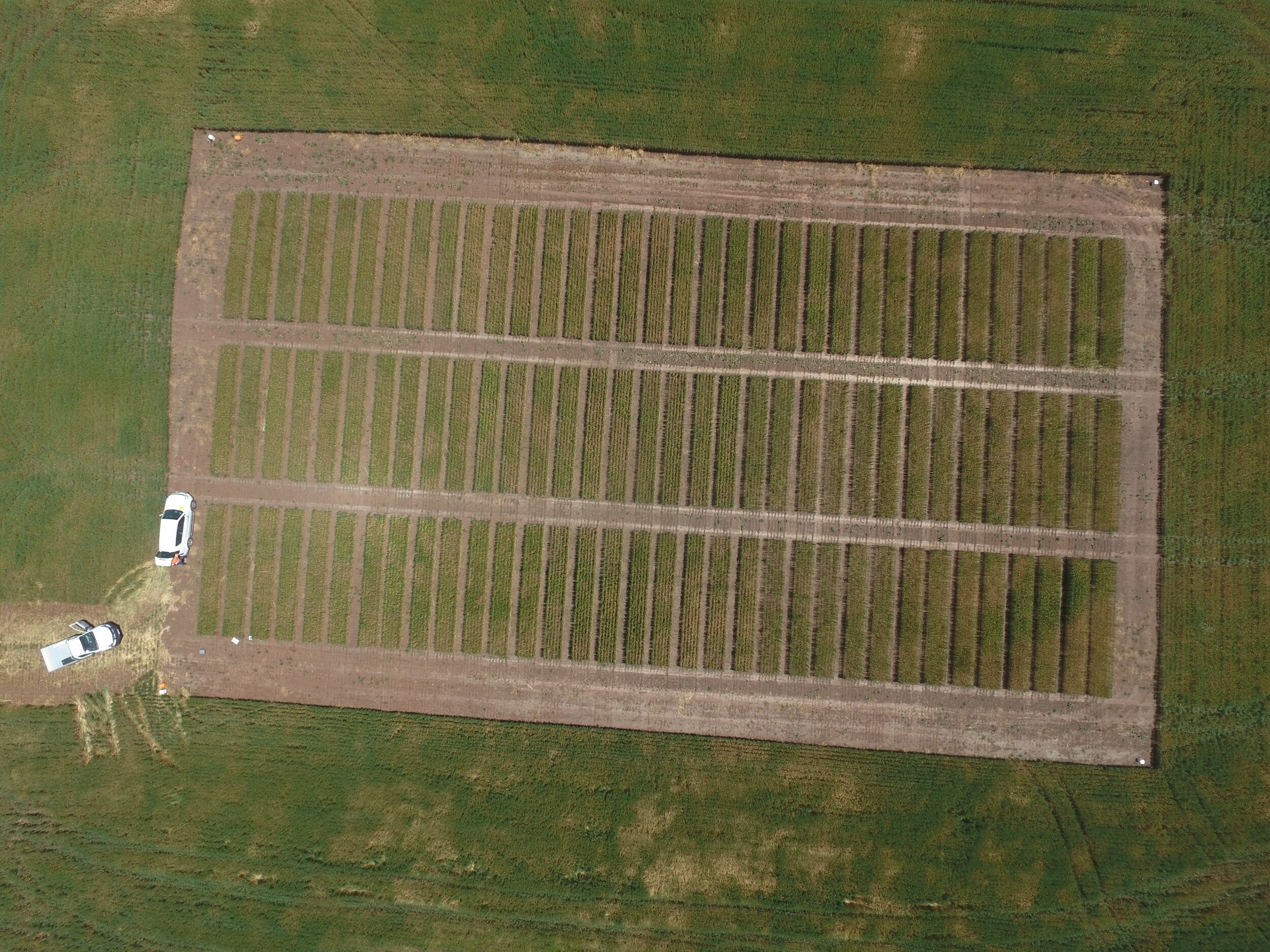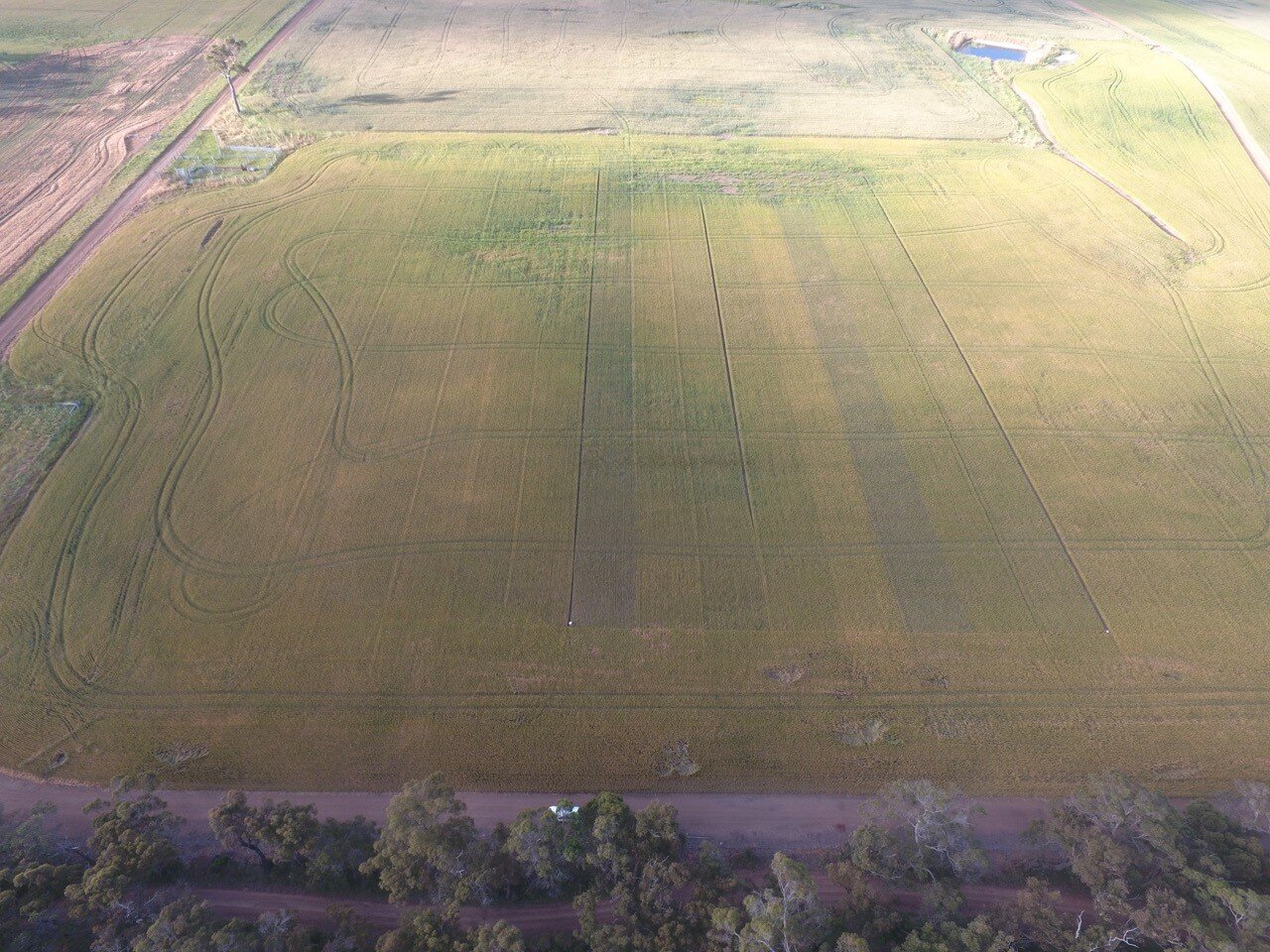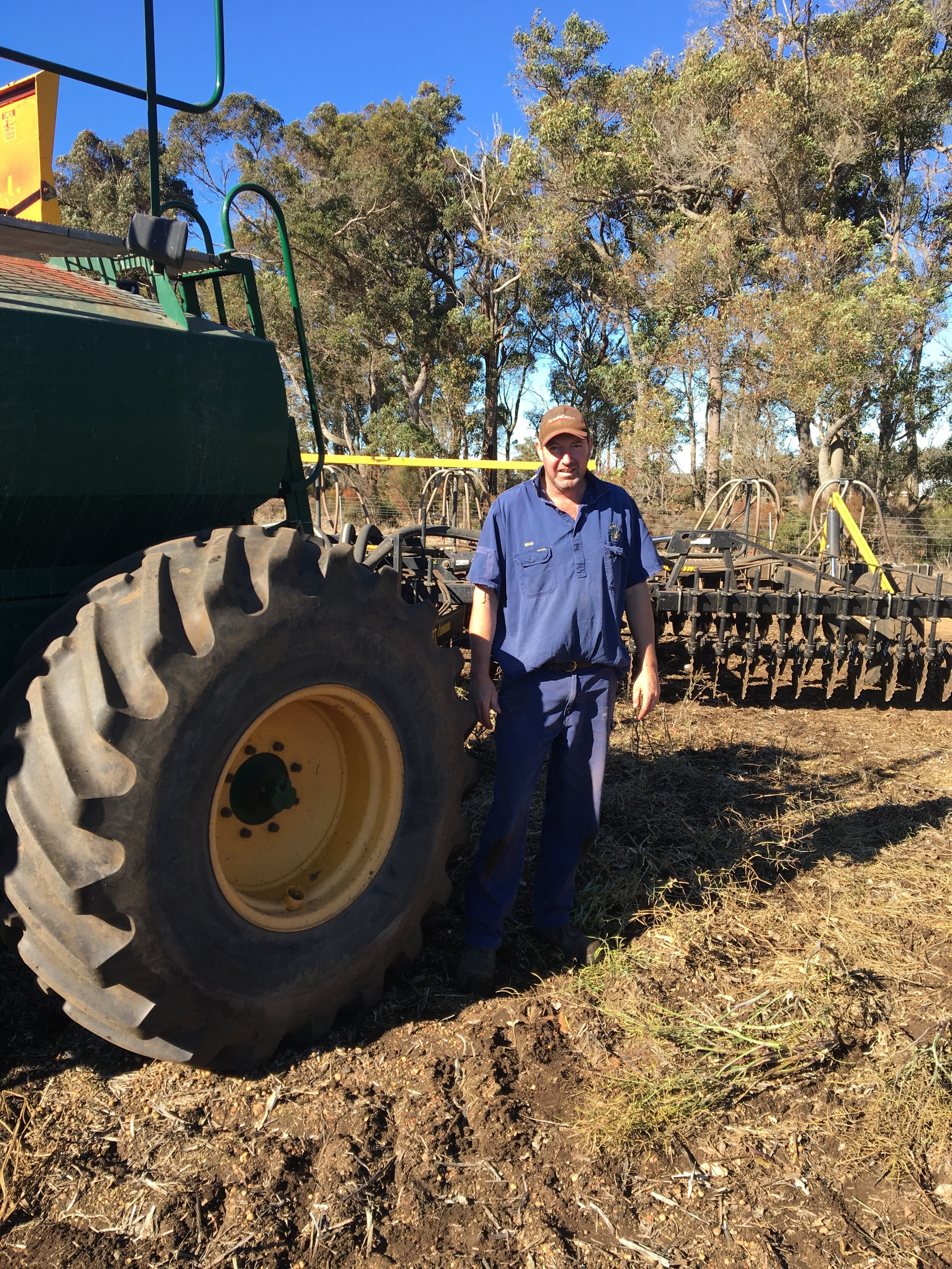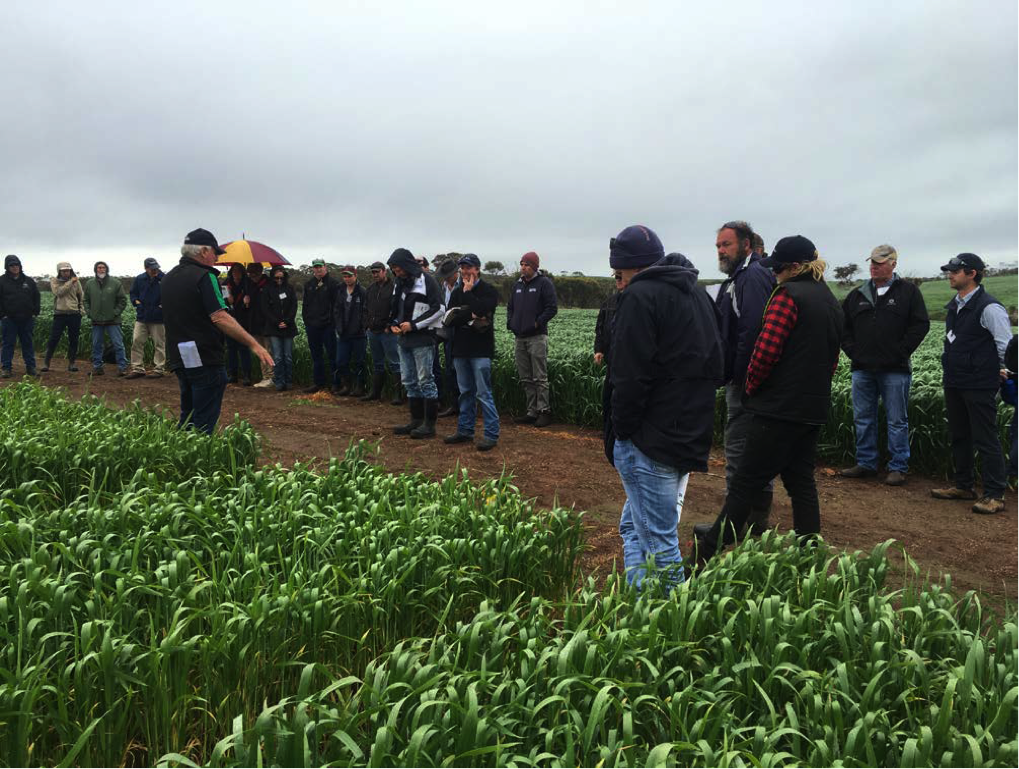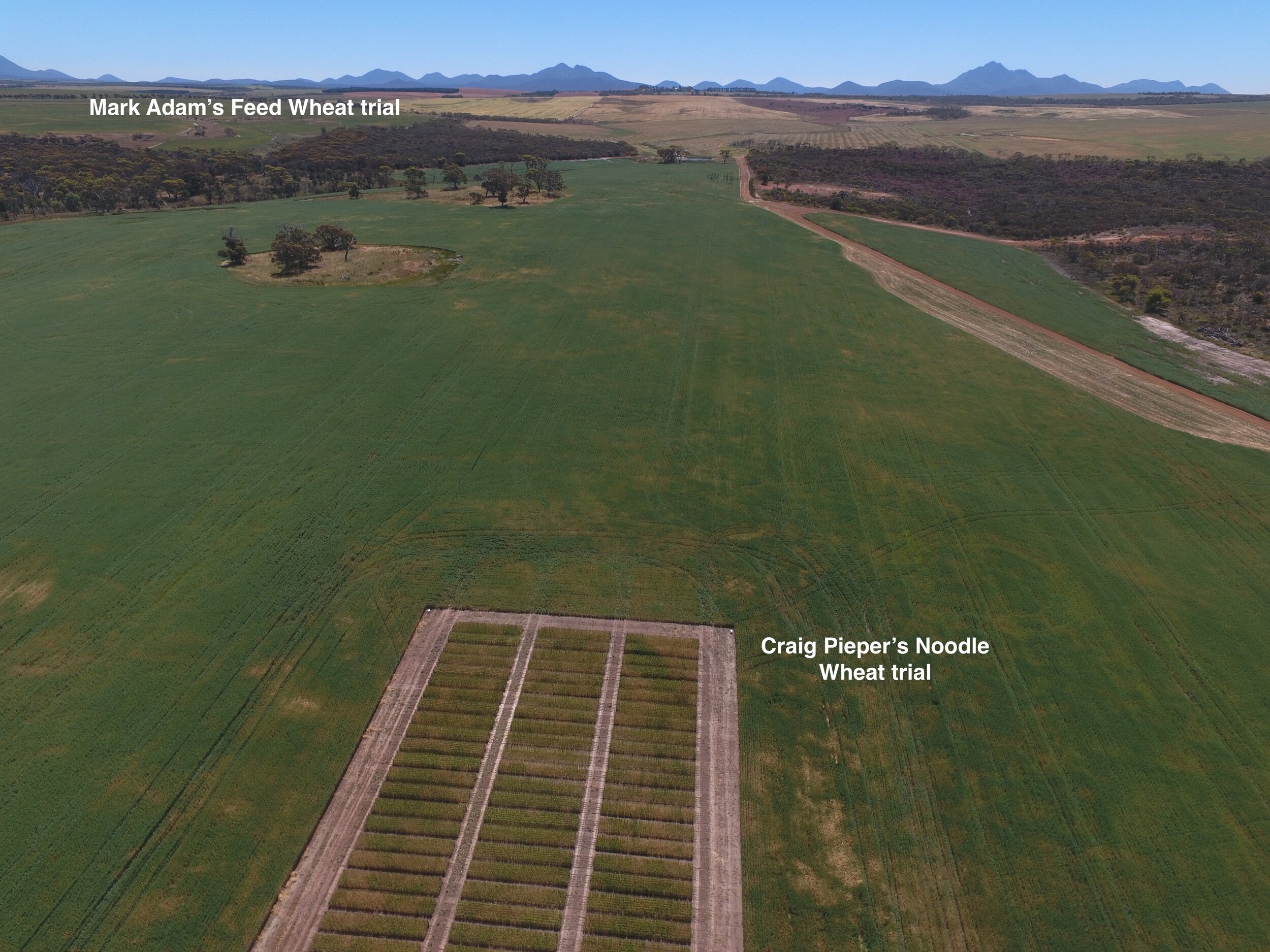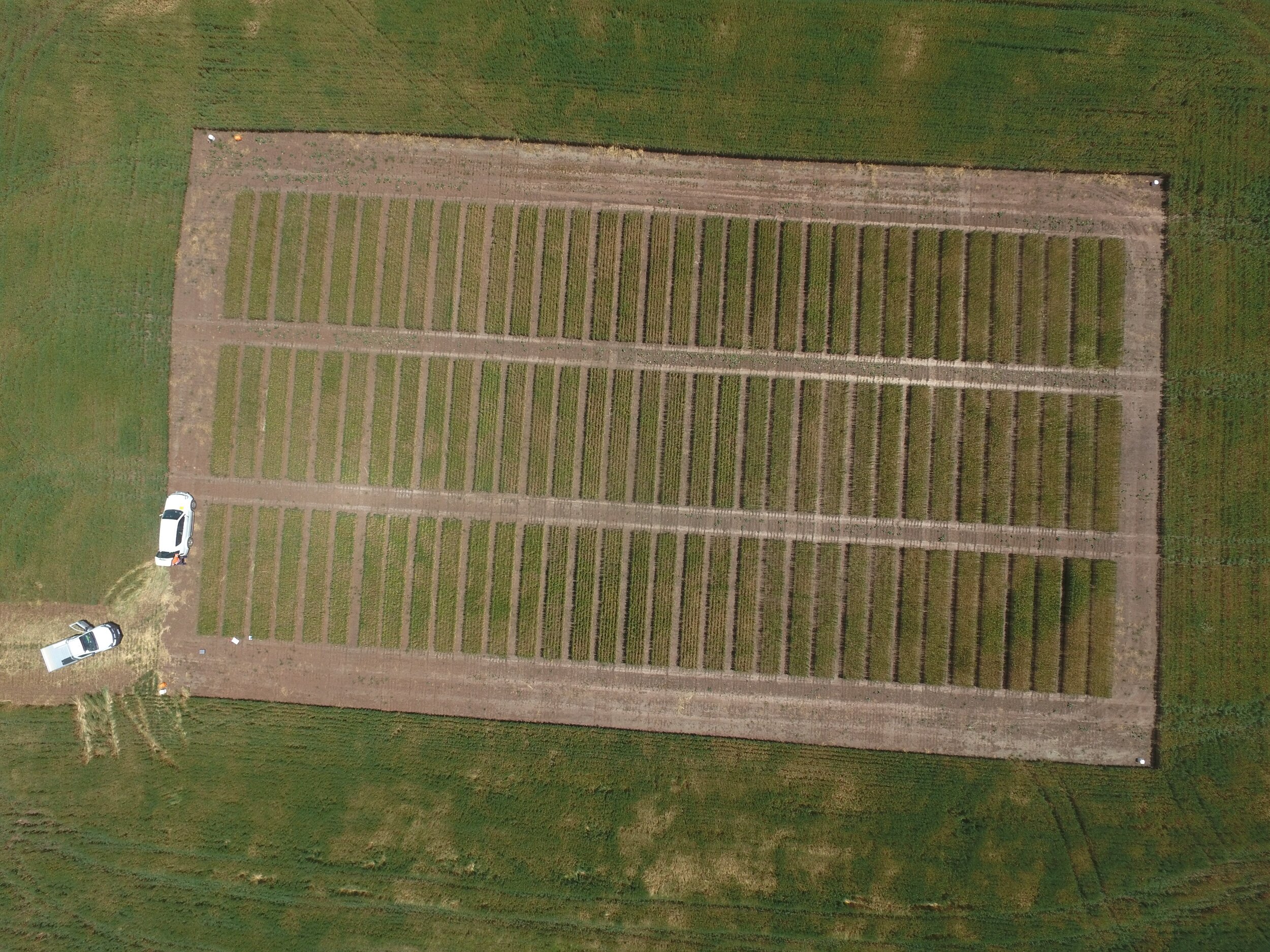Paddock to Plate value chain for high rainfall zone noodle wheat
Overview
The aim of the SCF Noodle wheat project has been to demonstrate to grain markets and local farmers that high quality noodle wheat can be grown in the southern high rainfall zone (HRZ) and that it will produce similar profitability to barley and canola.
A secondary aim to the project was to create new marketing opportunities for noodle wheat growers in the HRZ that will provide a more stable and, hopefully, premium price by selling directly into niche markets in the Asian region.
Adding noodle wheat to local cropping rotations will aid in relieving disease and herbicide resistance pressures on barley and canola crops in the area.
Agronomic trials consisted of both broad-scale farmer sown trials and small plot trials managed by a trials contractor on behalf of SCF. The project has been completed.
Summary of 2018 Trial Results
Both broad-scale noodle wheat trials achieved above average yields and the late break to 2018 made the high yields achieved even more significant. The trial at Frankland River suffered frost damage from an event on 8 November 018. Grain yields remained high, but grain quality suffered with the falling numbers being poor enough for the wheat to miss the noodle grade specifications. It is likely that the poor falling number of Ninja was caused by the unusually late frost. 2018 was the first season the new ANW variety, Kinsei, was tested in the broad-scale farmer-sown trials. The yield advantages shown by Kinsei in the 2017 small plot trials were repeated in the 2018 broad-scale trial data.
From this data, SCF farmers were confident to trial Kinsei plantings in the 2019 season which should lead to widespread adoption in the local area. Kinsei appears to be a very high yielding options for local farmers while delivering superior ANW wheat to produce Udon noodles. Growing Kinsei will be favoured by high rainfall growers over the long-standing noodle varieties Calingiri and Zen, whilst also yielding competitively with milling varieties, Trojan and Sceptre.
Resources
ACKNOWLEDGEMENTS
This project is funded by the Department of Primary Industries.
